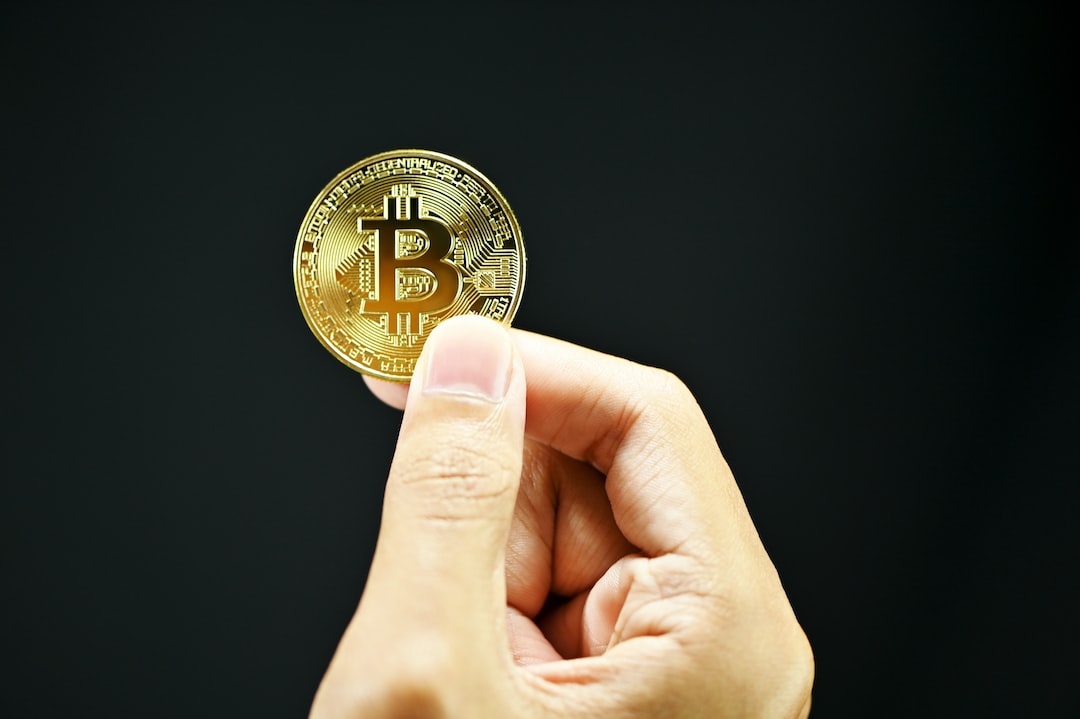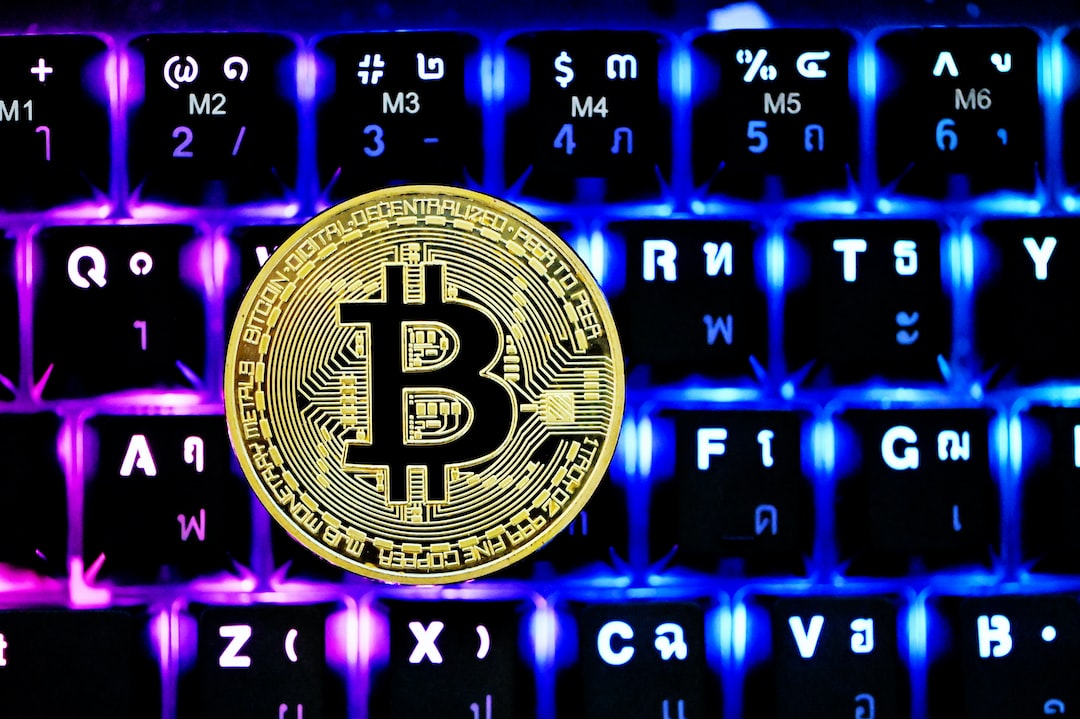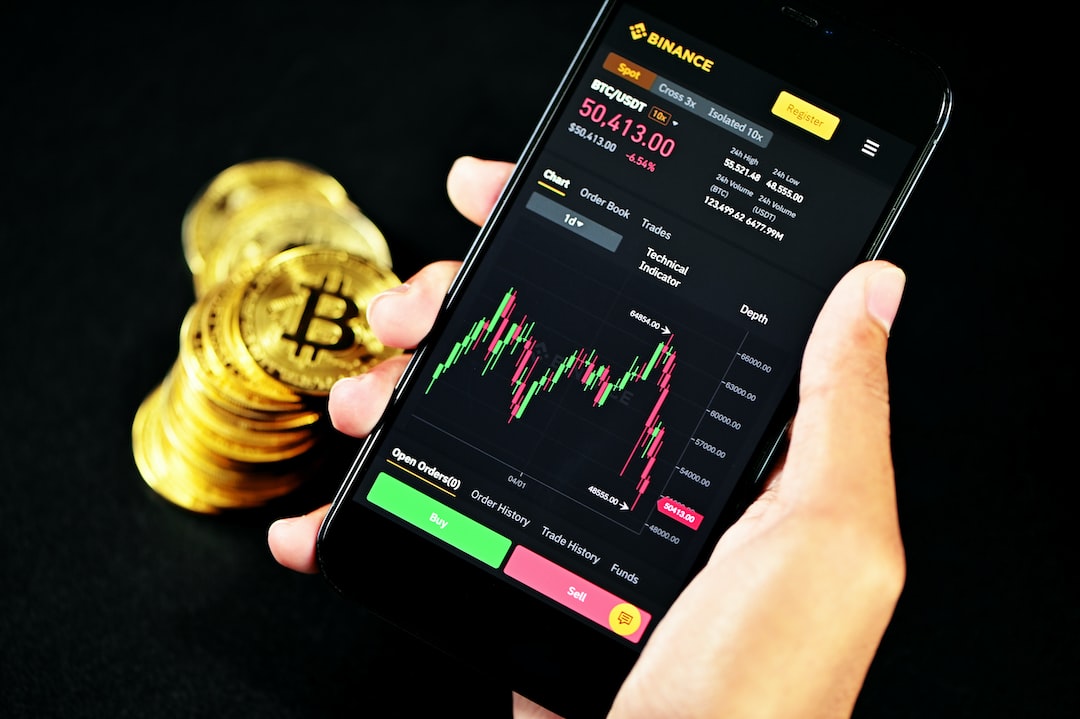Ripple’s Tools for Global Investors and Cross-Border Payments
Ripple has developed tools to attract global investors to the world of crypto and address issues in cross-border payments. Attorney and crypto enthusiast Bill Morgan argues that institutions using XRP for cross-border transactions should not view it as an investment for profit but rather for practical purposes. However, there is confusion surrounding Ripple’s disagreement with the classification of these XRP sales as investment contracts.
Key Points:
- Institutions using XRP for cross-border transactions should consider it as a practical solution, not just an investment for profit.
- There is disagreement about the classification of XRP sales as investment contracts.
- A Twitter user questions whether XRP is suitable as a bridge currency and suggests it may be seen more as a security.
- Bill Morgan counters the doubt by highlighting Judge Torres’ recognition of XRP’s attributes as a currency and a commodity.
- Ripple’s CTO, David Schwartz, confirms that their CBDC Platform can work with the XRP Ledger and XRP tokens.
Bill Morgan concludes that XRP’s uniqueness lies in its attributes as both a currency and a commodity, allowing it to be sold as an investment contract. He refers to Judge Torres’ ruling as evidence of XRP’s ability to function as a bridge currency.
Hot Take:
Despite the skepticism surrounding XRP’s classification, Ripple’s tools and Judge Torres’ ruling make a strong case for XRP as a bridge currency with attributes of both a currency and a commodity. The ability of XRP to connect with Ripple’s CBDC Platform further solidifies its potential in cross-currency and cross-border payments.





 By
By
 By
By
 By
By

 By
By
 By
By